We have a hamburger that looks like
and when you click it, a popup will show (the class "open" is added to a div).
This is accomplished with fixed positioning. However, it seems like accessibility programs reacts on that kind of positioning elements. We try out SortSite 5.
Is that really good stuff for the purpose?
Actually, it calls the positioning "absolute" although it is "fixed". The same thing probably, because the reason would be that screen readers have problems with those elements.
We really want to have the menu like a popup this way and when you click the bbq-button, the document should not grow in a strange way. For instance, ugliness happened when we tried to float the popup instead.
- How do I made those programs happy?
- Should I try to use a screen reader myself instead?
- Should I have a
<nav>-element?
html
<div id="drawer">
<table role="presentation" class="buttons" style="width: 100%">
<tr>
<td class="bbq-parent">
<div class="bbq"></div>
</td>
<td class="logo-parent">
<div class="logo"
onclick="javascript:location='.'; event.stopPropagation();"
onkeypress="javascript:location='.'; event.stopPropagation();"
tabindex="0"></div>
</td>
</tr>
</table>
<ul>
<li><a href="item1.html">item 1</a></li>
<li><a href="item2.html">item 2</a></li>
<li><a href="item3.html">item 3</a></li>
<li><a href="item4.html">item 4</a></li>
</ul>
</div>
css
#drawer
{
position: fixed;
z-index: 1;
top: 5px;
left: 5px;
}
#drawer ul
{
padding-left: 0;
display: none;
list-style: none;
margin-top: -10px;
}
#drawer.open ul
{
display: block;
}
#drawer .bbq
{
background: url("Images/bbq.svg") no-repeat;
background-size: 100% auto;
width: 23px;
height: 25px;
cursor: pointer;
}

